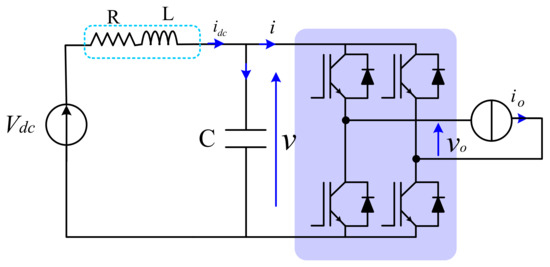

In other words, the problem is that with your design, U1B does not fully turn off until some time after S1 goes low. And in your circuit you can't have high current, since the current through the gate is ultimately limited by R1 and R3. In order to move all that charge in a short time, you need high current. The datasheet will specify something like "total gate charge". To switch a power MOSFET, you have to move a substantial charge through the gate and the source. I want to make the time of red rectangle short. Here is one more picture to descrbe my problem. Any advice about improve my current monitor circuit?(I add comparator after 'T2', but I want to improve the signal of 'T2'). Moreover, I have another problem with current monitor and I have drawn the similar signal of 'T2' in the picture 2(Sometimes it has positive burr voltage, sometimes it has negative burr voltage, like a discontinuous sinusoidal). So could you give me some advice to improve the signal of 'T1' so as to make the H Bridge turn off quickly. Then I analysis the induction electromotive force. I have change the value of R1 and R2 so as to make U1B and U2B turn off as quick as possible, but it doesn't change much for the signal of 'T1'.

Then I find a problem that the signal 'T1' shows like the picture up, which means the H bridge turns off two slow!( Which will cause problem when I want to make the motor move slowly). The picture below shows my design and how I drive it with signals.įor example, when I make the motor rotate forward, I give 'S1' PWM signal and give 'S4' always 1. I have two questions about my circuit, drving DC Motor with H Bridge.


 0 kommentar(er)
0 kommentar(er)
